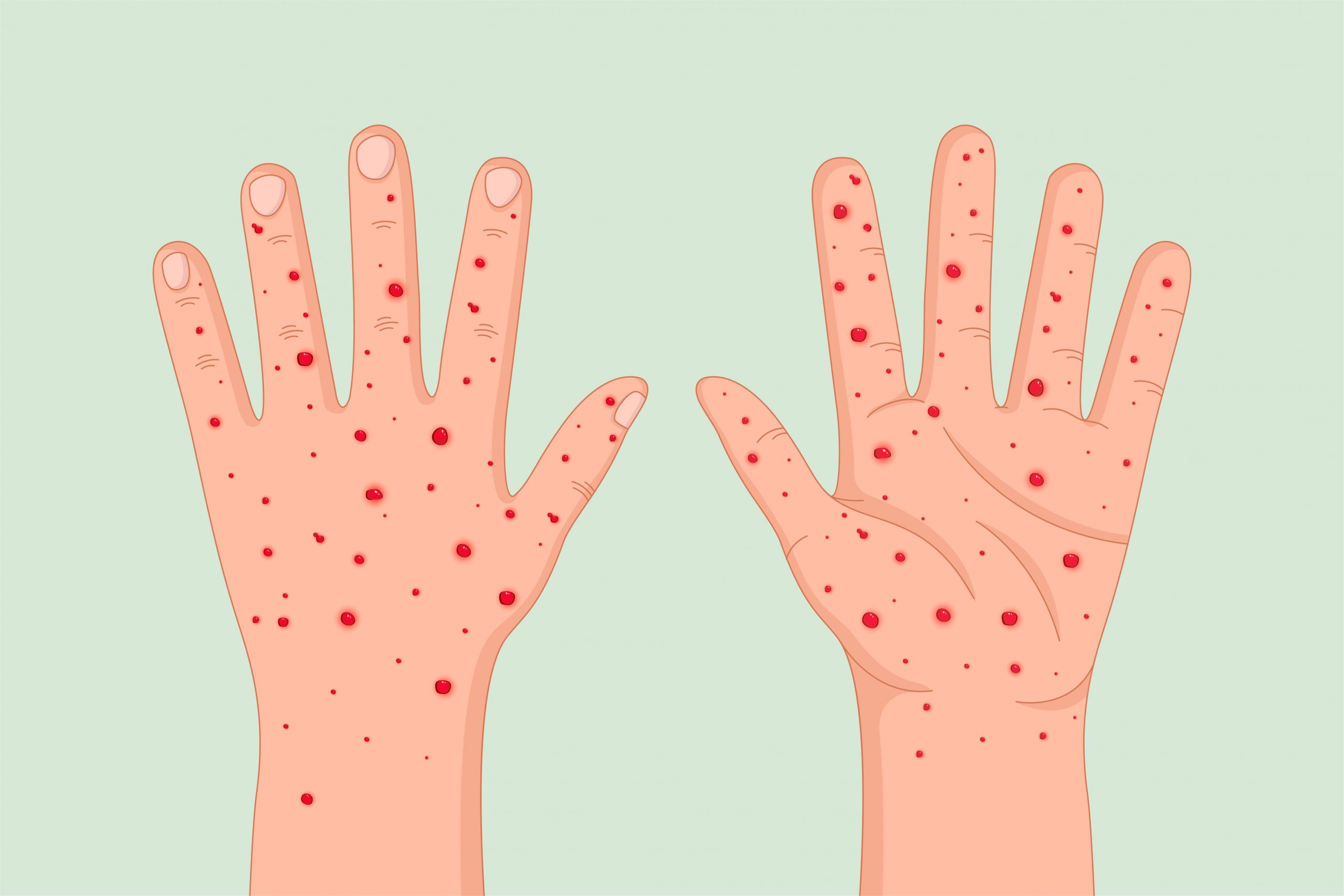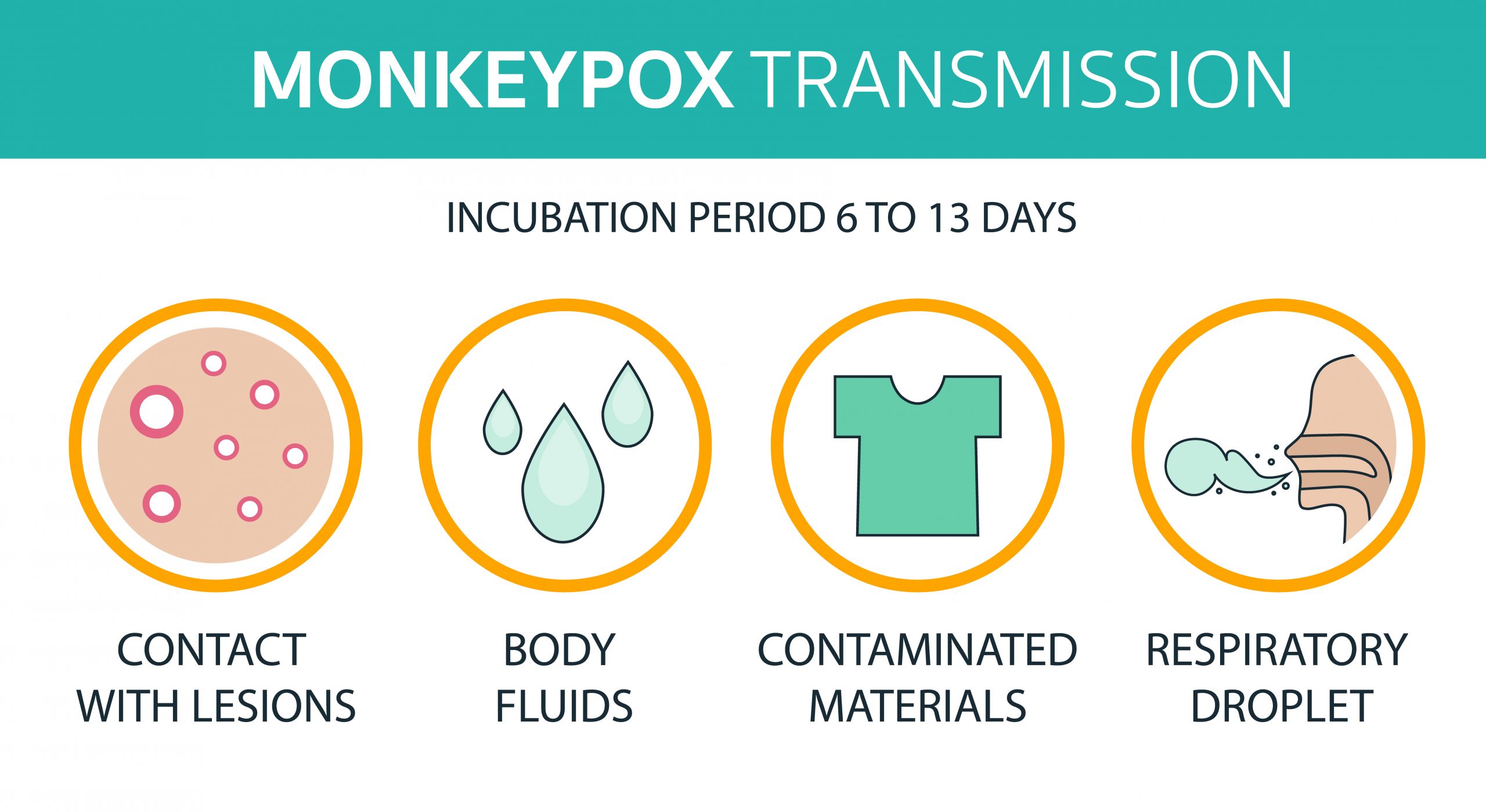
Highlights
- There are 367 confirmed cases of monkeypox in Ontario.
- 286/367 (77.9%) confirmed cases were reported by Toronto Public Health
- 365/367 (99.5%) confirmed cases are male; 2/367 (0.5%) are female.
- The average age of confirmed cases is 35.8 years (range: <20 – 70 years).
- The most commonly reported symptoms include rash, oral/genital lesions, swollen lymph nodes, headache, fever, chills, myalgia and fatigue.
- 11/367 (3.0%) of confirmed cases have been hospitalized, and 2/367 (0.5%) have been in the intensive care unit (ICU); no deaths have been reported.
Risk Factors

- The most commonly reported risk factors include engaging in sexual or intimate contact (e.g.,hugging, kissing, cuddling) with new and/or more than one partner.
- Travel, being immunocompromised, or having close contact with someone from outside of the province were less commonly reported.
- Although cases have mostly been identified among males who report sexual or intimate contact with other males (MSM), anyone can get Monkeypox.
- Various factors that may increase the potential risk for exposure include close, sexual, and/or other intimate contact with someone who has a Monkeypox rash, sore, or scabs.
How does Monkeypox spread?

- Monkeypox can spread from person-to-person through respiratory droplets (e.g. coughing, sneezing, talking, etc) or through close, physical contact with someone who has Monkeypox (especially from contact with the rash, bodily fluids (e.g. blood, saliva, urine, etc), and/or scabs).
- Monkeypox can also spread by touching materials and objects (e.g. clothing, bedding, towels, eating utensils, and dishes) that may be contaminated.
- Monkeypox can also spread from someone who is pregnant to the fetus, or from a parent to a child during or after birth.
At Circle of Care 4 point PPE (mask, eye protection, isolation gown, gloves) are required for any client that screens positive or is a confirmed case of Monkeypox.
